Nicholas Allinson
TPF Noob!
- Joined
- Feb 16, 2015
- Messages
- 5
- Reaction score
- 0
- Can others edit my Photos
- Photos NOT OK to edit
Howdy Everyone! Quick background before explaining my scenario:
-I'm 19
-A physics college student
-I've been into photography for about a year now
-I like to travel and take alot of nature pictures
Okay, so here's my predicament. I have a Sony Alpha-77, and recently it got dust/marks on the covering of the sensor. It's happened once before, but this time I can't just blow it away. It WAS under warranty with Sony and the store said it could be repaired for free, but I had to contact Precision Camera Repair. I tried taking it to a lot of places around Houston (my hometown), and no one would do it. The only opinion I got from a guy was saying "We could pay him 3x the amount and he still wouldn't try it"...
I've been trying to contact precision camera for the last couple of months with NO help. The only information I managed to get out of them was that they would charge $200, and when asked about the warranty they went to 'check on it', then the line went dead.
I've read reviews and everyone says that they're basically bloody useless anyway. I've been without my camera for about 3 months now and its KILLING me...
I have a friend with a good amount of pull in a large Houston Camera Club who said he might be able to help, but I'm worried about damaging a camera I can't afford to replace right now.
What are my options?
What can I do?
Who should I send it to?
Thank you very much,
Nick
P.s. this might be in the wrong thread/location.. I apologise
I also uploaded a pretty typical photo of mine. I like natural light alot, so the black spots end up being pretty horrific to my eye when the sensor's dirty.
-I'm 19
-A physics college student
-I've been into photography for about a year now
-I like to travel and take alot of nature pictures
Okay, so here's my predicament. I have a Sony Alpha-77, and recently it got dust/marks on the covering of the sensor. It's happened once before, but this time I can't just blow it away. It WAS under warranty with Sony and the store said it could be repaired for free, but I had to contact Precision Camera Repair. I tried taking it to a lot of places around Houston (my hometown), and no one would do it. The only opinion I got from a guy was saying "We could pay him 3x the amount and he still wouldn't try it"...
I've been trying to contact precision camera for the last couple of months with NO help. The only information I managed to get out of them was that they would charge $200, and when asked about the warranty they went to 'check on it', then the line went dead.
I've read reviews and everyone says that they're basically bloody useless anyway. I've been without my camera for about 3 months now and its KILLING me...
I have a friend with a good amount of pull in a large Houston Camera Club who said he might be able to help, but I'm worried about damaging a camera I can't afford to replace right now.
What are my options?
What can I do?
Who should I send it to?
Thank you very much,
Nick
P.s. this might be in the wrong thread/location.. I apologise
I also uploaded a pretty typical photo of mine. I like natural light alot, so the black spots end up being pretty horrific to my eye when the sensor's dirty.


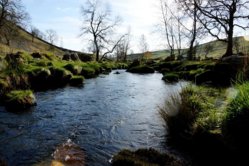
![[No title]](/data/xfmg/thumbnail/33/33449-978bff23ad40c63da778b7e59d54f546.jpg?1619735974)
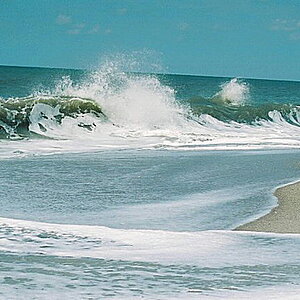
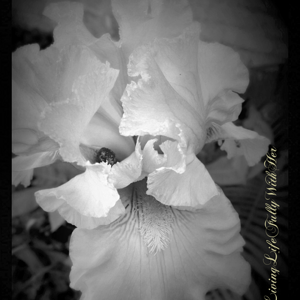
![[No title]](/data/xfmg/thumbnail/39/39295-230d6dc9ce62e92561457d4c8fb67dc6.jpg?1619738959)
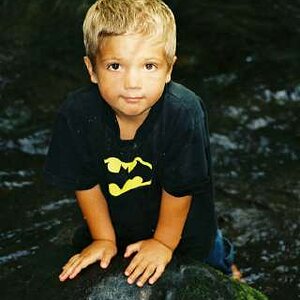
![[No title]](/data/xfmg/thumbnail/39/39532-073f9eb14e26e2b99cc29112b92a2ab6.jpg?1619739072)


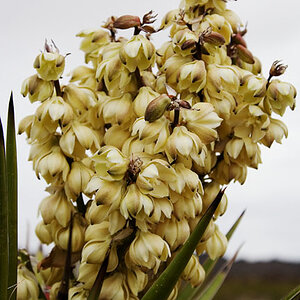
![[No title]](/data/xfmg/thumbnail/36/36299-468f060314a0ac2bf5e37da1c33149d2.jpg?1619737493)

